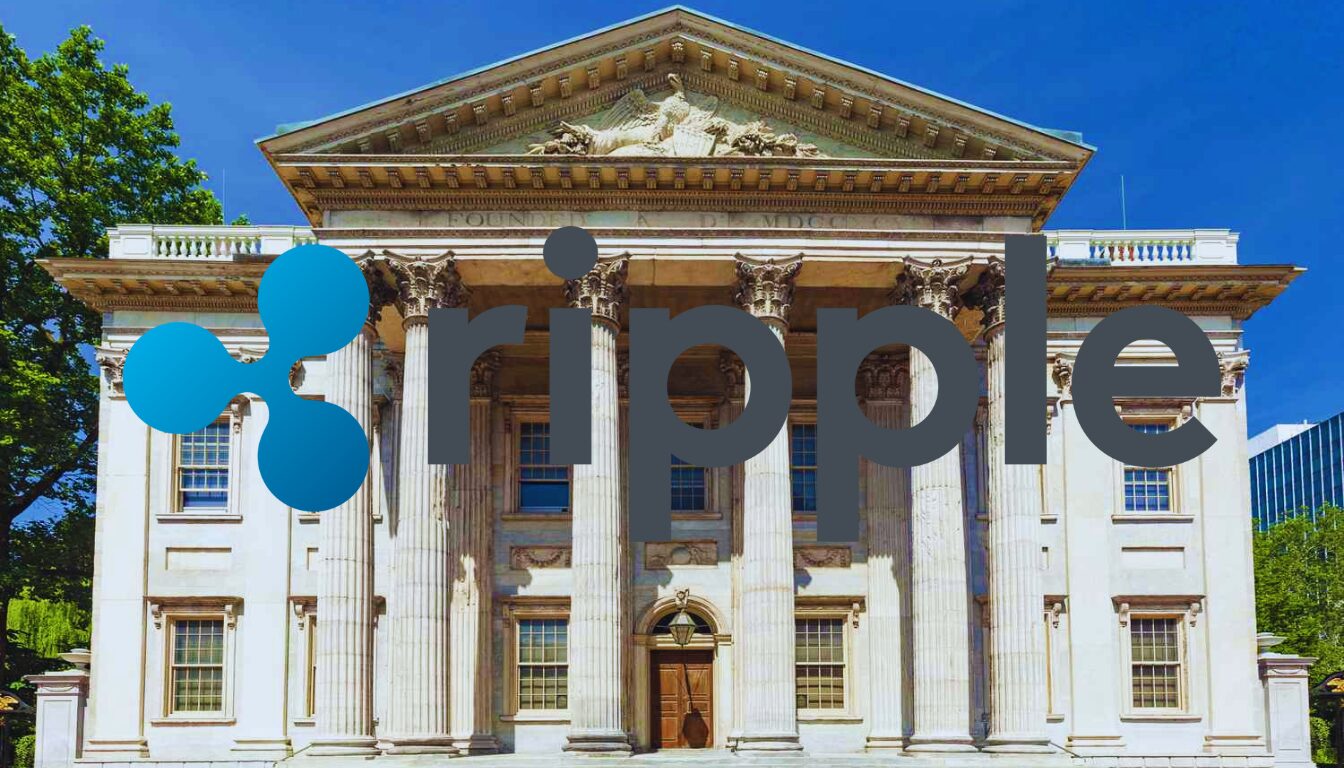A Closer Look At Ripple XRP vs. Traditional Bank Transfers
With all the recent developments around Ripple XRP, most notably their SEC case being dropped, we are closer to a future in which banks and individuals move money around the most speedily and cost-efficient way possible.
A few of our current traditional bank transfer options are SWIFT and Wire Transfers, which are as boring as they sound and are costly, clunky, and time-consuming.
In walks the new, quicker, sleeker bank tech into the room: XRP, powered by Ripple and blockchain technology. Let’s break down how XRP vs. traditional bank transfers compare.
Ripple XRP vs. Traditional Bank Transfers: How Do XRP Transfers Work?
XRP was built to streamline payments, especially international payments. In comparison to Bitcoin, which depends on mining, XRP uses a protocol where independent validator nodes agree on transactions.
This allows transfers to happen in seconds on the XRP Ledger. XRP is not dependent on the use of banks or intermediaries.
Key Features of XRP Transfers
- Speed: transfers settle in 3-5 seconds
- Costs: Fees can be less than a cent (0.00001 XRP)
- Reach: You can use it globally from anywhere and with an XPR wallet
- XRP is used to move money quickly, for cross-border transactions and cheap remittances.
Traditional Bank Transfers
Simple bank transfers are transfers between bank accounts. International money transfers use SWIFT (Society for Worldwide Interbank Financial Telecommunications) to move money between bank accounts.
These are done in batches and rely on banks and sometimes multiple intermediaries. These transfers can take hours and sometimes days to complete.
Key Features of Traditional Bank Transfers
- Speed: Slow, hours to a few days
- Cost: A few dollars for domestic transfers; $20+cost of money exchange for international transfers
- Usually, a number of intermediaries or banks are involved and heavily regulated.
- Most bank transfers are used for day-to-day transactions, bills, paycheques etc.
Ripple XRP vs Traditional Bank Transfers: Back-to-Back
Speed: XRP: Within 3-5 seconds of settlements.
Bank Transfers: Hours, days, batch processing.
Winner: XRP
XRP fees: XRP has low costs which makes it a good choice for small transfers or sending many transfers at once.
Bank Transfer fees: Higher fees, hidden costs, exchange rates.
Winner: XRP for affordability.
XRP accessibility: XRP requires a crypto wallet, some crypto experience, and knowledge of how to convert from fiat to XRP.
Bank Transfer accessibility: A Bank account is required.
Winner: Bank transfers, most accessible (for now)
Technology: XRP – Decentralized and transparent blockchain technology with no central authority.
Bank Transfer Technology: Centralized banking networks based on legacy infrastructure.
Winner: XRP for modern technology
Why it’s Important?
Cryptocurrencies like XRP are being adopted at a fast pace, and with Ripple’s growing partnerships with banks (Santander, Standard Chartered) it is becoming more clear it is bridging the gap between crypto and traditional finance.
While technology evolves, Individuals and businesses will continue to adapt and conform. It is important to understand the technology so you will be ready for the future of financial services and have more choices.
The Future of Money Transfers
XRP vs traditional bank transfers explains the changes in bank transfers during the modern era. They are most used because they are backed by regulatory banking but are also inefficient.
There is a shift to a more hybrid financial system with blockchain integration, fueled by Ripple’s growing partnerships.
Whether XRP replaces legacy systems or is integrated with them, one thing is clear: The future of money transfers is digital, decentralized, and incredibly fast.
Source link














Post Comment